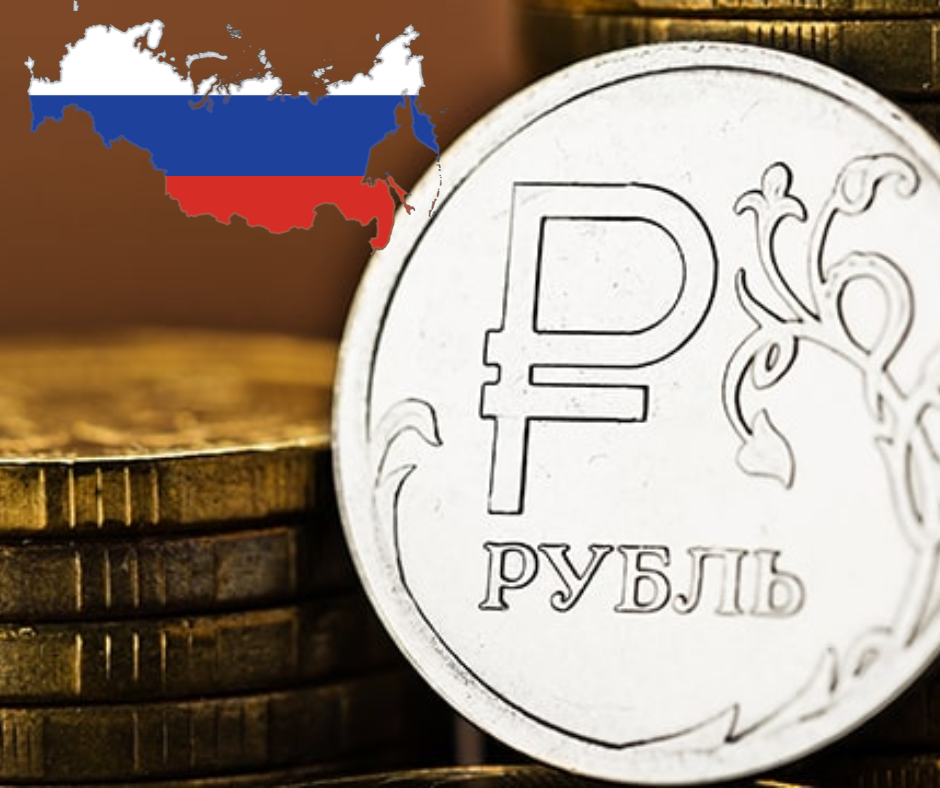Digital Ruble Debut: Russian Beauty Salon Leads the Way in CBDC Payments

A beauty salon in Yekaterinburg, Russia, has become one of the pioneering businesses in the country to accept digital ruble payments, marking a significant milestone for the national CBDC. DeloBank, a part of the Sinara financial and industrial group, announced that one of its customers recently used the Sinara app to pay for a service at this salon.
The payment was made in digital rubles, and the salon owner promptly received the payment in her DeloBank-provided digital RUB wallet. The salon operator, known as Olga, expressed her satisfaction at being the first beauty salon in Russia to test the digital ruble, finding it intuitive and instant.
It’s worth noting that some estimates suggest around 20% of Russians in rural areas have limited or no internet access. To address this, Russia, like China, which faces similar connectivity issues in rural regions, is developing “hard” wallets as an offline option for its CBDC, though Russian banks are still in the early stages of this development.
This debut of the digital ruble in a beauty salon is a significant milestone in Russia’s CBDC journey. It demonstrates the potential of CBDCs to revolutionize payment systems and make transactions more seamless.
As more businesses and individuals adopt CBDCs, it is likely that their use will become more widespread. However, it is important to note that CBDCs are still a relatively new technology and their long-term impact on the global financial system is yet to be seen.
What is the digital ruble and how does it work
The digital ruble is a central bank digital currency (CBDC) that was launched by the Bank of Russia in August 2023.
- The digital ruble is a digital version of the Russian ruble that is stored in digital wallets on a platform.
- The digital ruble can be used for transfers and payments, but not for investments.
- The digital ruble will coexist with traditional cash and non-cash payment systems, giving consumers more options for making transactions.
- The digital ruble will be stored directly in accounts with the Central Bank, but accessible through wallets with commercial banks.
- The digital ruble could help Russia evade international sanctions and continue making domestic and international transactions.
- The digital ruble will be available for use by Russian citizens and businesses more broadly in 2025.
As the digital ruble is a relatively new technology, its long-term impact on the global financial system is yet to be seen. However, it has the potential to revolutionize payment systems and make transactions more seamless.




